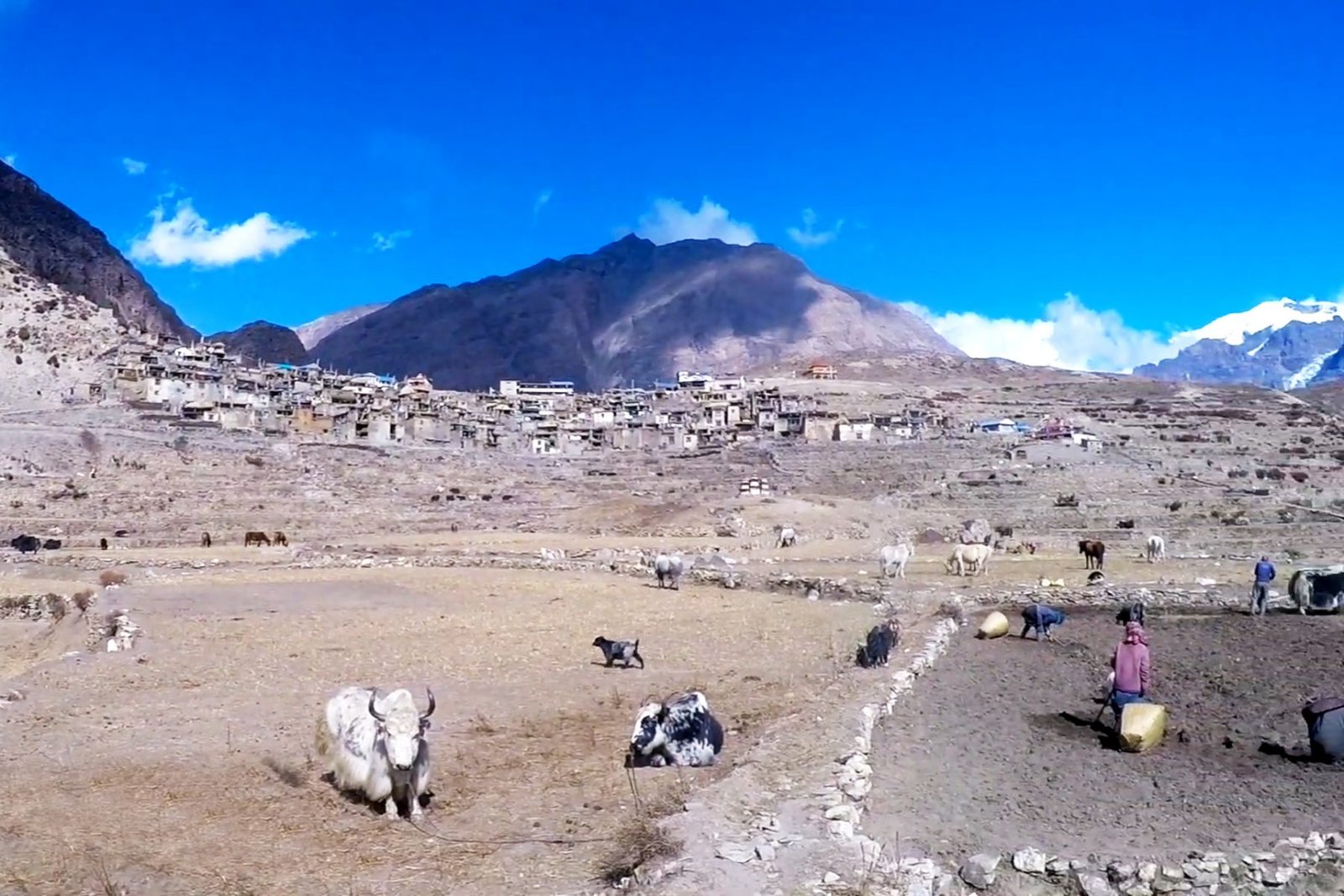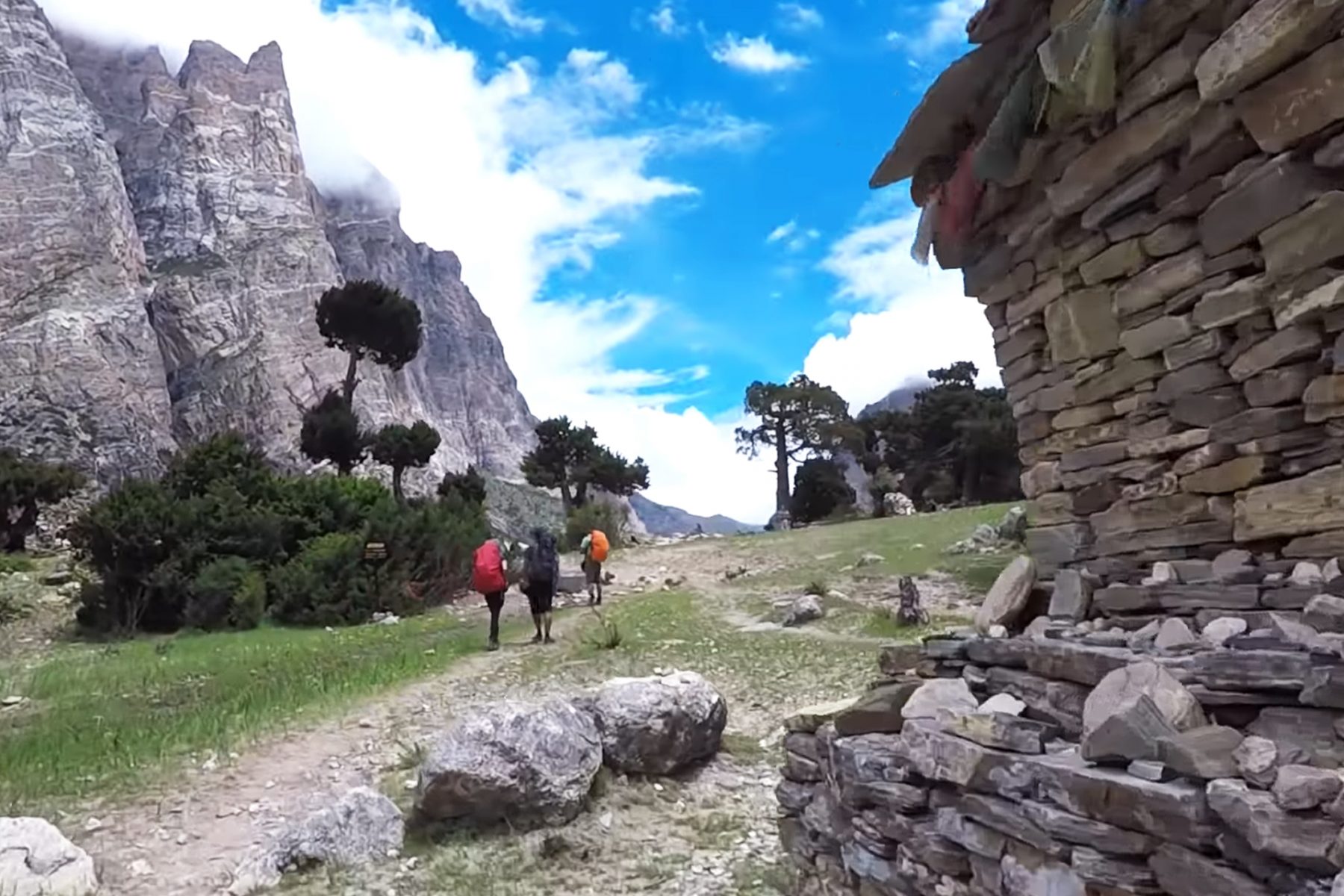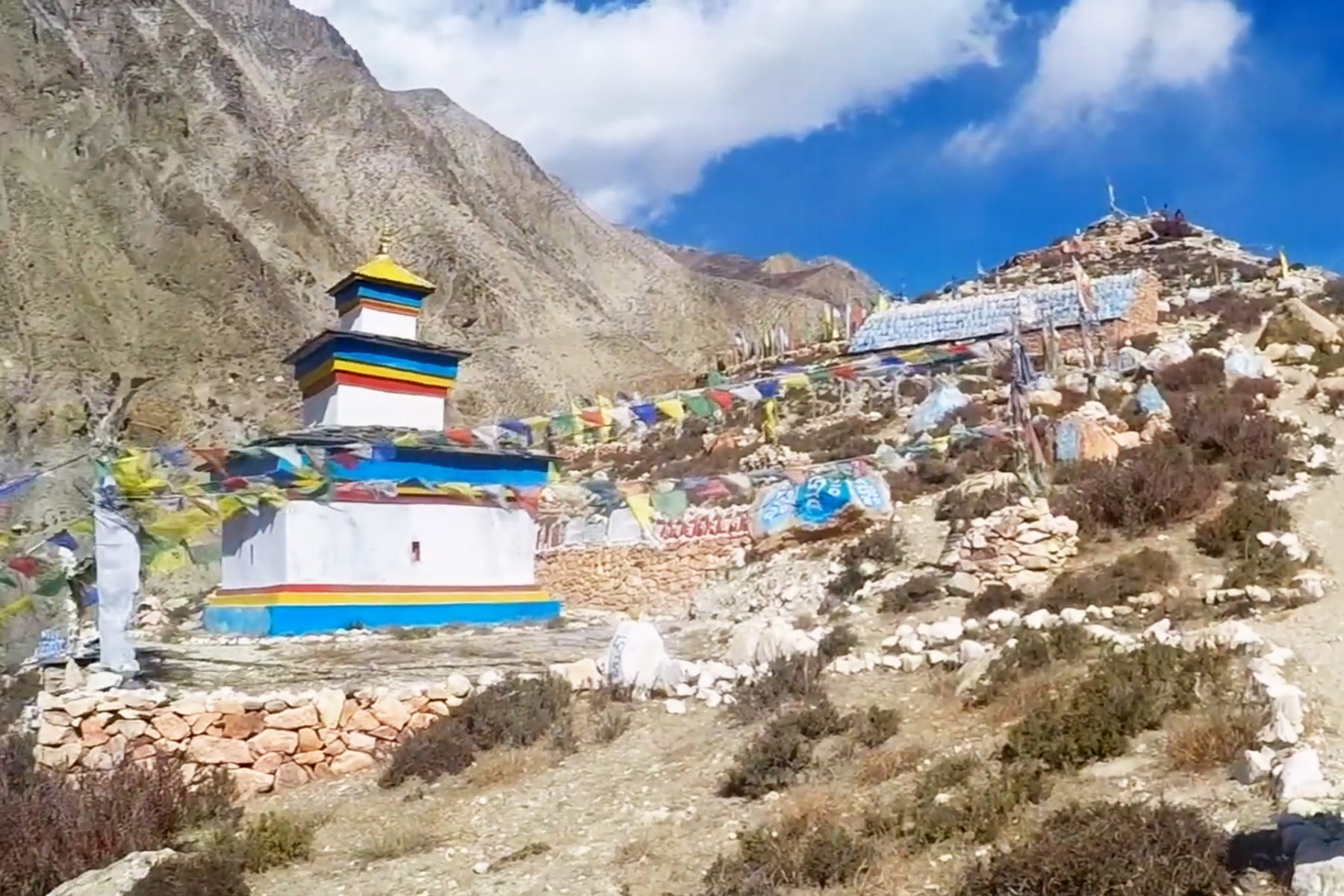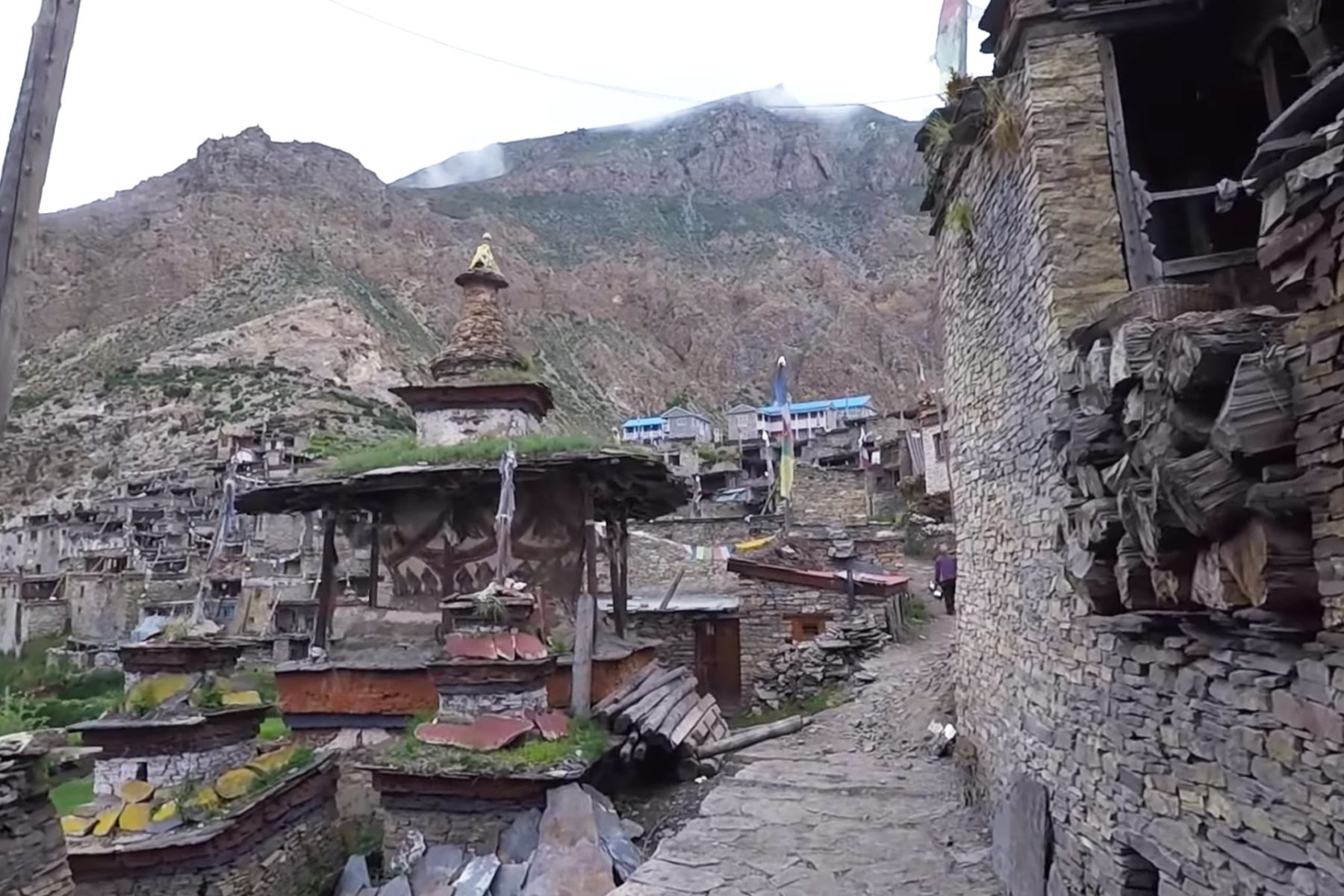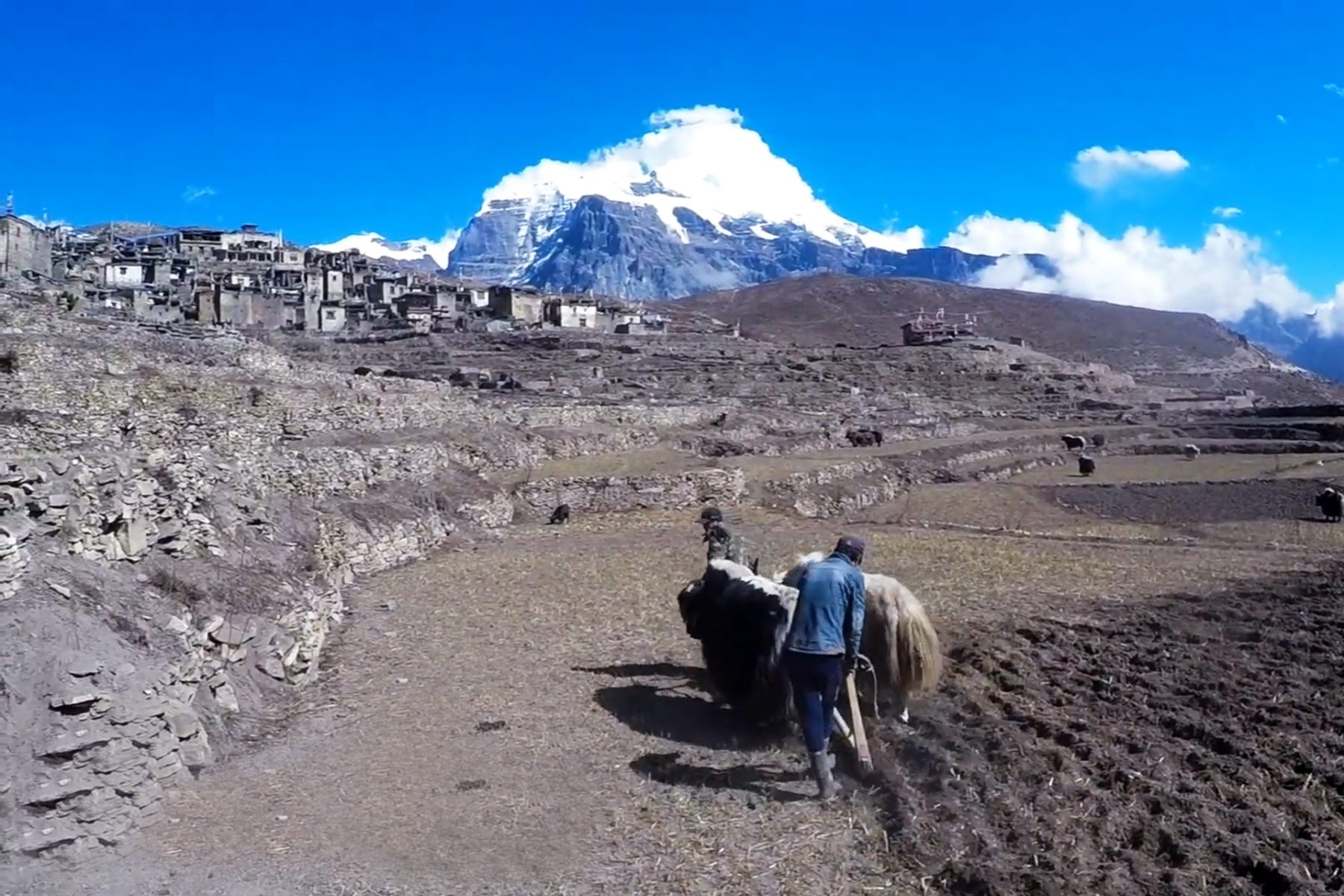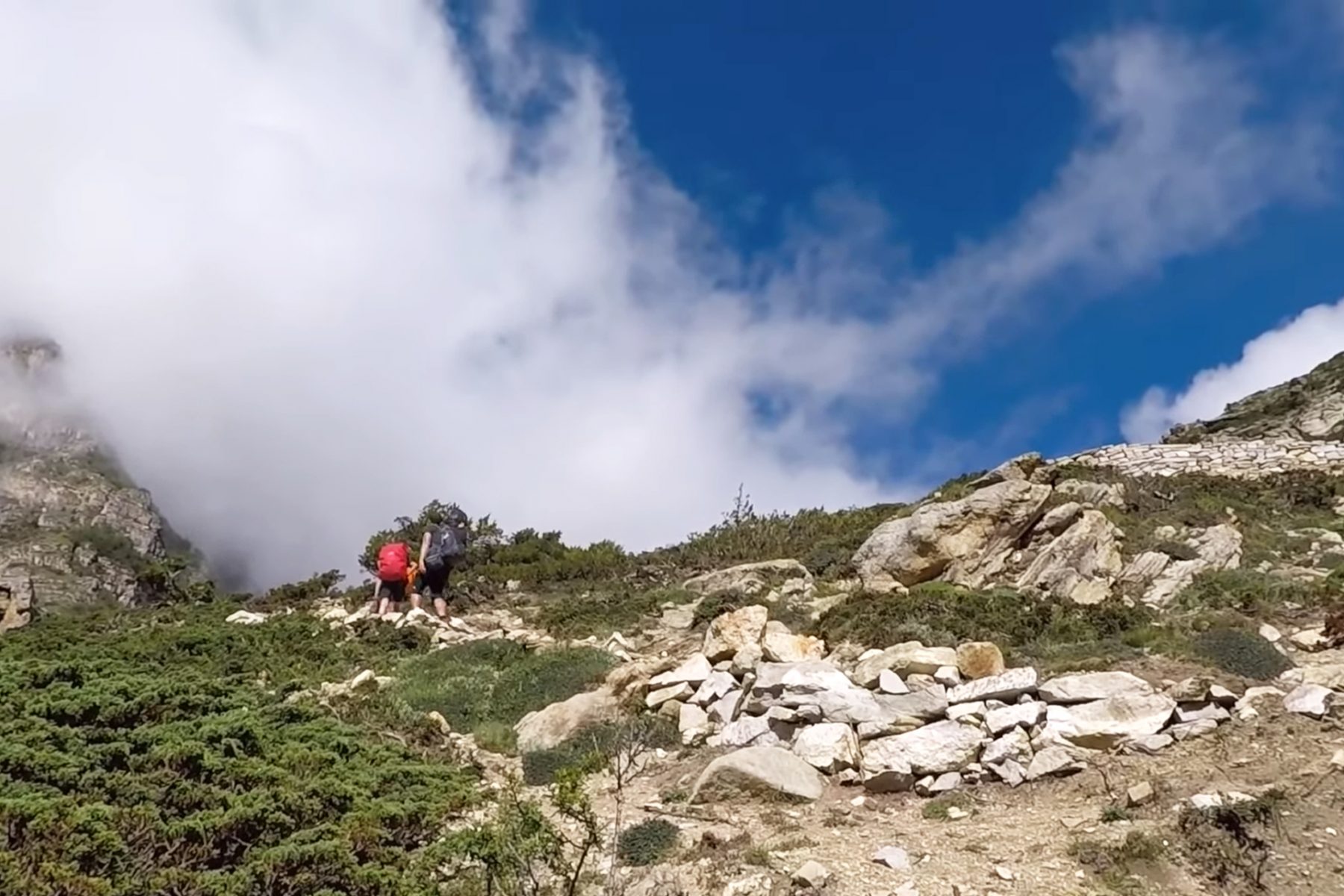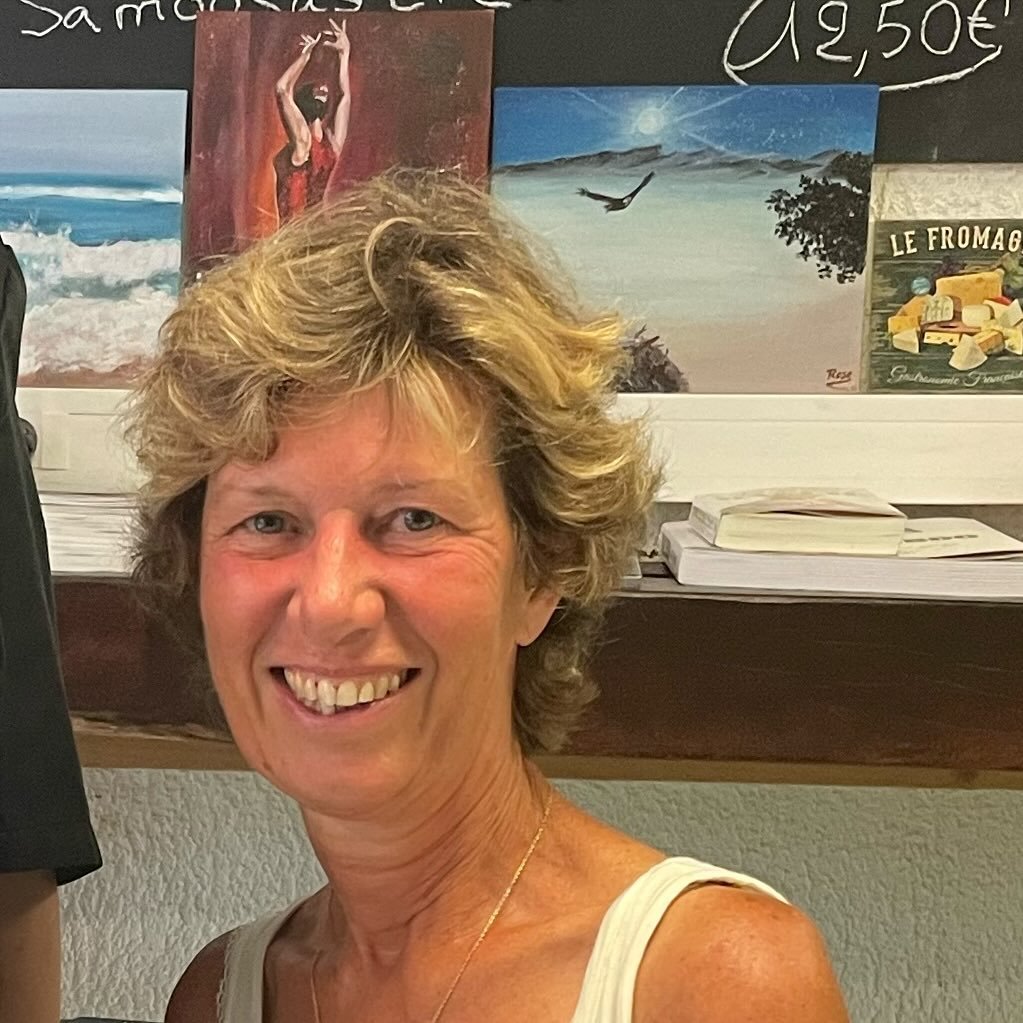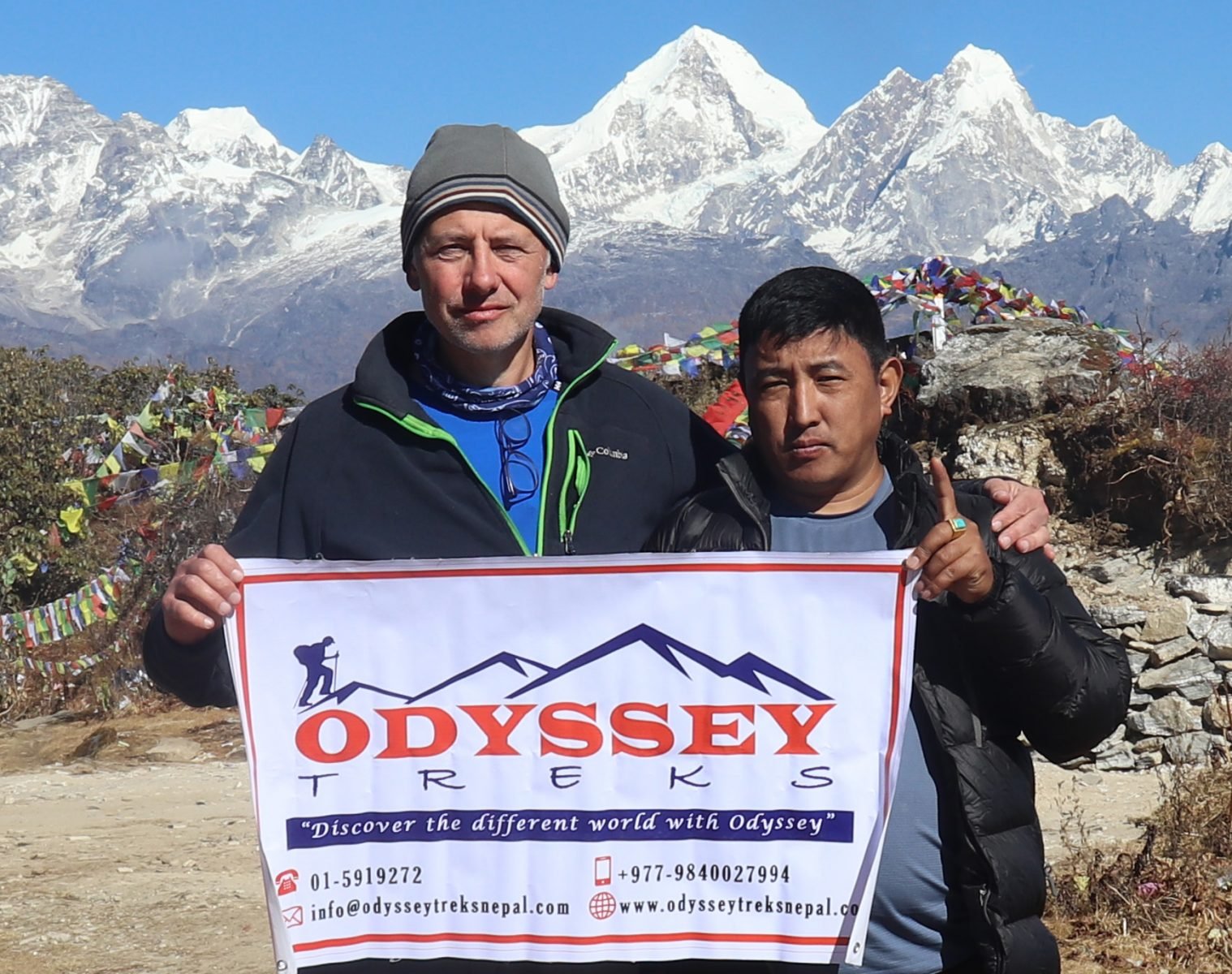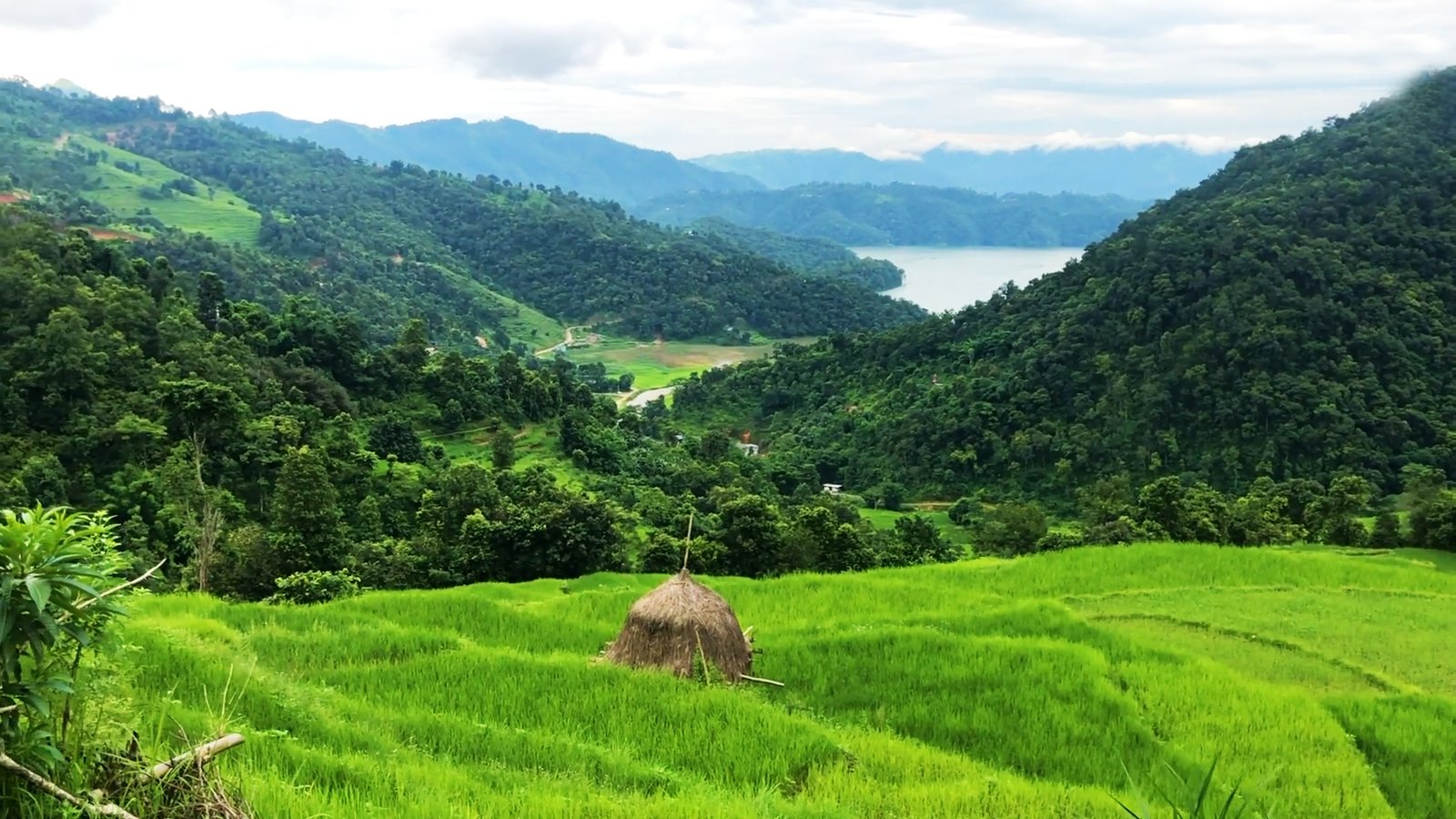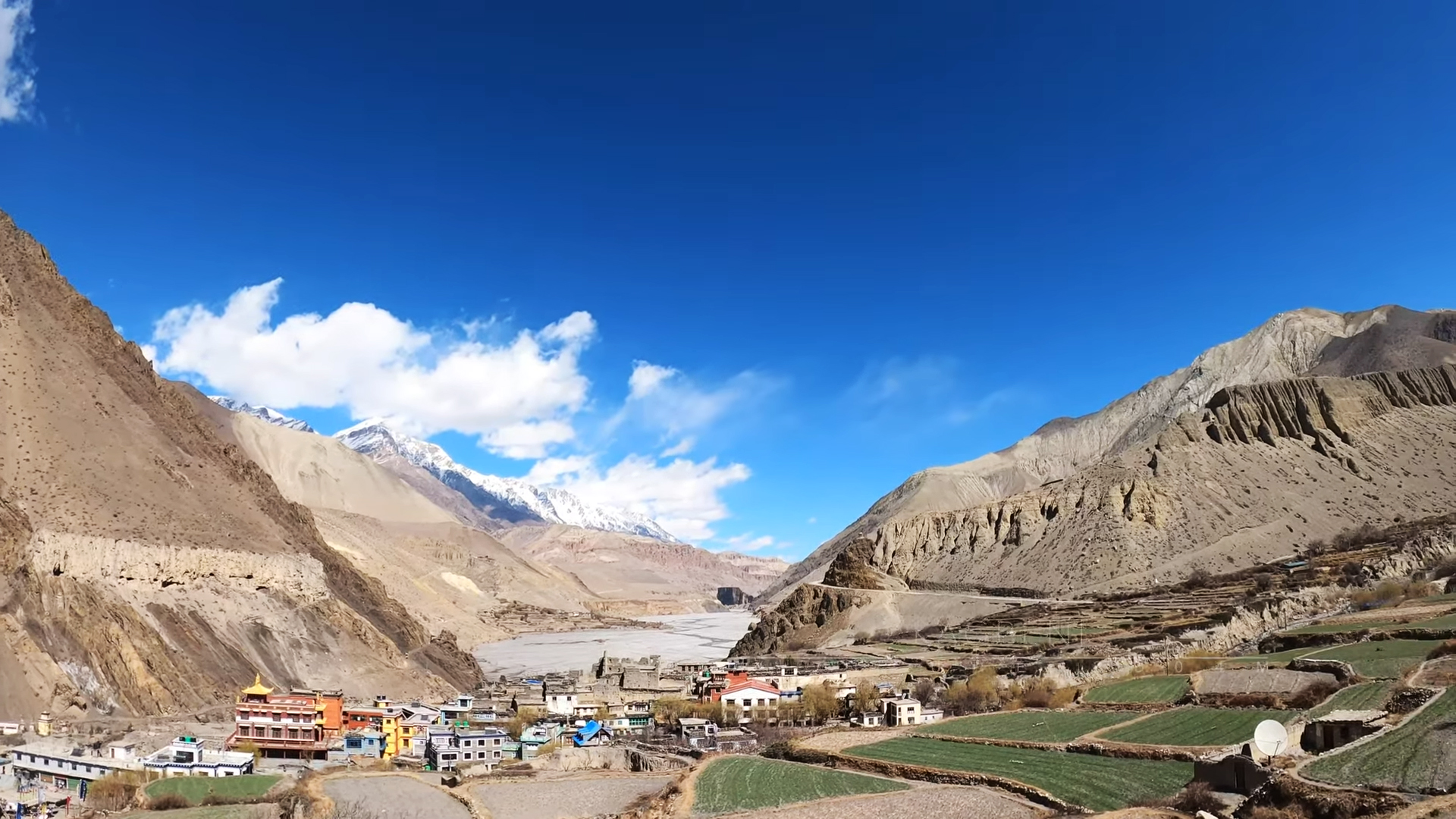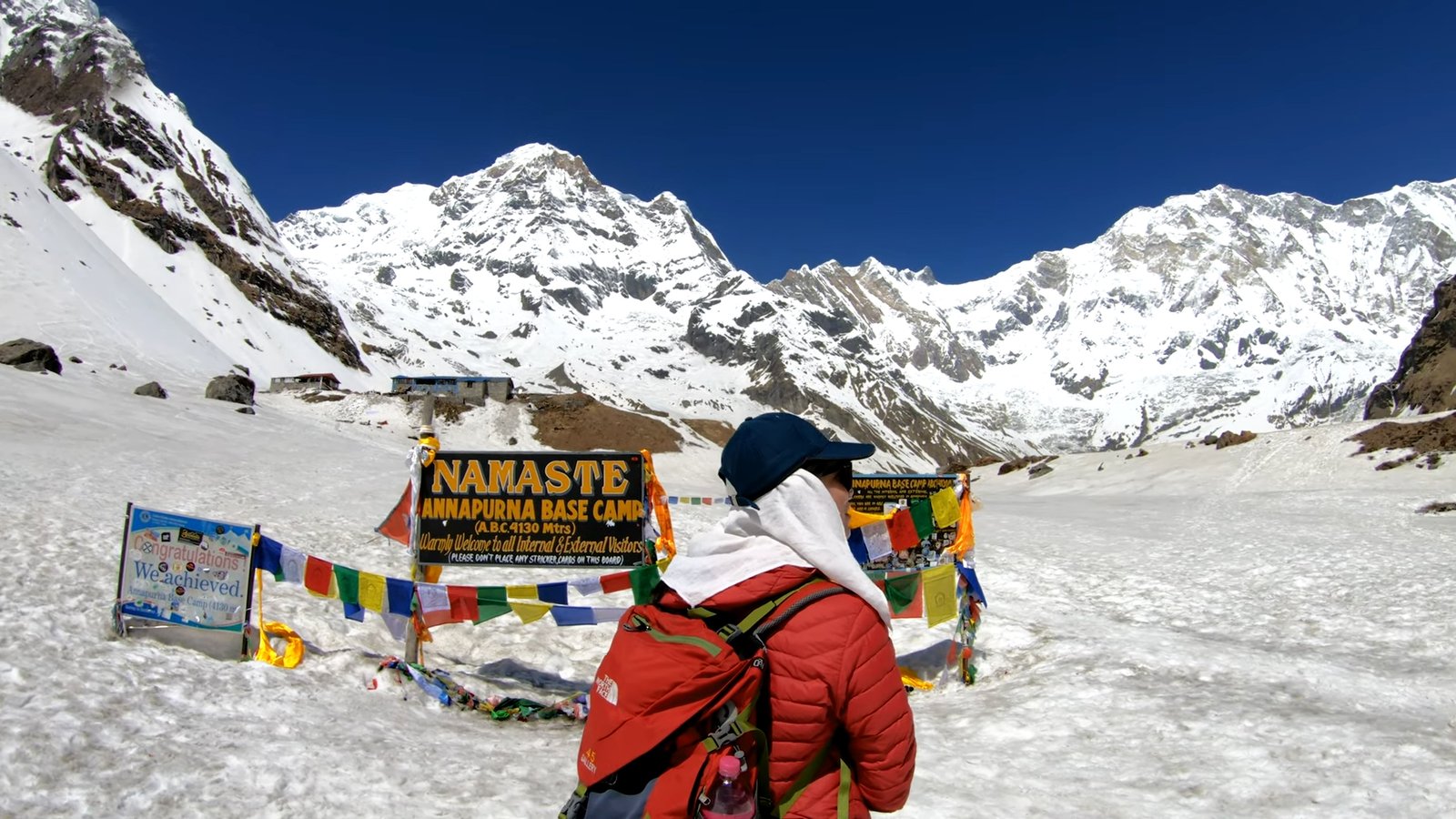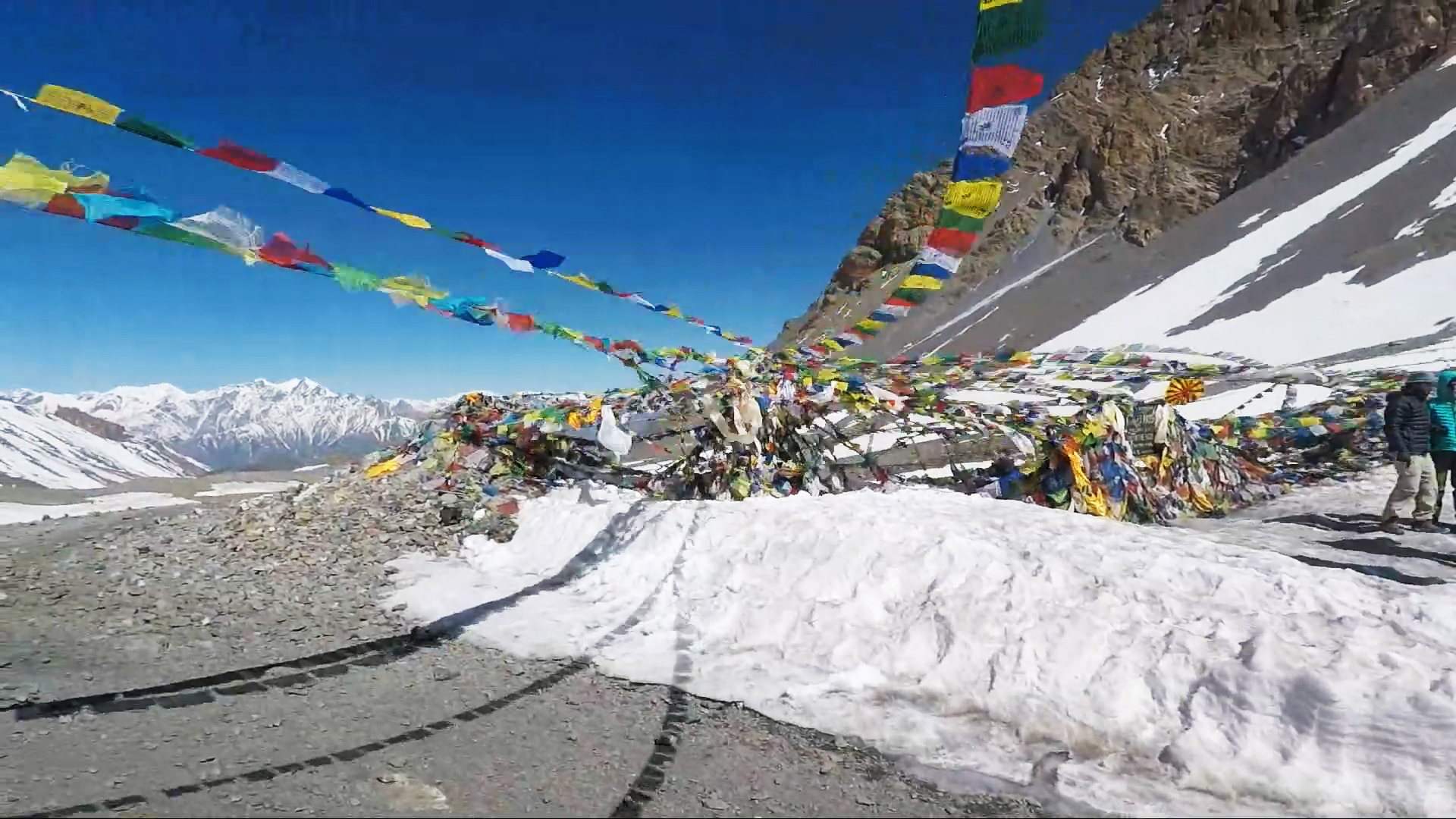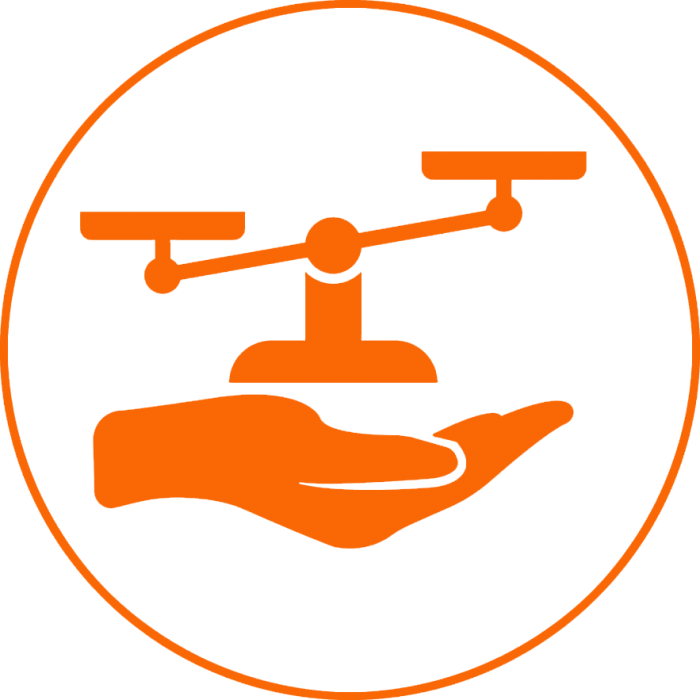Trip Overview
Introduction to Nar Phu Valley Trek
The Nar Phu Valley Trek is an adventurous trek with a good combination of culture and scenic views. Nar and Phu are different villages in the valley. It is a day’s walk from one village to another, and both villages are called Nar Phu at once. This Nar Phu Valley Trek offers natural panoramic views of snow-capped mountains, narrow gorges, beautiful dense forests, and glaciers.
This trek has been open to tourists since 2003 and requires special permission as it is a restricted area. A special permit can be obtained through a company legally registered in Nepal, which is issued by the Immigration Department of Nepal and must be for at least two persons. Although the valley is naturally beautiful, due to its remoteness and lack of promotion, it is a non-tourist area that only a few tourists visit.
You may like to visit: Kathmandu Valley Tour in just 6 days, with Itinerary, Cost, Package, and Temple.
During this Nar Phu Valley Trek, you will come across beautiful stone-built villages. Medieval Tibetan culture and traditions are found in these villages. The locals who live there have their own culture and traditions, which they still preserve well. The people here are honest, live a simple life, and are far from modern life.
Cross the Kang La Pass
This trek is also known as the Kang La Pass Trek. During the trek, you need to cross the Kang La Pass at an altitude of 5,320 meters. At a height of 5320 meters, Kang La Pass is the ultimate destination, with a breathtaking view of the Himalayas that takes you to a small paradise of adventure. On the day of crossing the Kang La pass, you will have to walk for about 9 to 10 hours at a high altitude. Compared to other days, this one is difficult for you.
On this route, you can see the magnificent Himalayan views of Mt. Manaslu (8,163m), Mt. Dhaulagiri (8,167m), Mt. Annapurna I (8,091m), and other more snow-capped mountains. Trekking in Nar Phu is probably the best area of the Annapurna trekking routes for travelers who want to explore the hidden valleys and travel the challenging high passes.
The Nar Phu Valley Trek is a little bit hard, so you need good physical fitness with prior trekking experience. The spring and autumn seasons are good for a trek in Nar Phu Valley. But we arrange the trek according to your wishes and holiday schedule. Hopefully, your journey with nature will definitely be one of the most memorable moments of your life.
You may visit: Best of Nepal Tour in just 10 days, Package, Itinerary, Cost.
Trip Itinerary
Drive Kathmandu to Jagat (1,300m) – 8 to 9 hours drive.
Trek Jagat to Dharapani (1,860m) - 5 to 6 hours walk.
Trek Dharapani to Koto (2,600m) - 5 to 6 hours walk.
Trek Koto to Meta (3,560m) - 7 to 8 hours walk.
trek meta to kyang (3,887m) - 4 to 5 hours walk.
trek kyang to phu gaon (4,080m) - 3 to 4 hours walk.
trek phu gaon to nar phedi (3,560m) - 5 to 6 hours walk.
trek nar phedi to nar (4,110m) - 3 to 4 hours walk.
trek nar to ngawal (3,660m) crossing kang la pass (5,320m) - 9 to 10 hours walk.
trek ngawal to manang (3,540m) - 3 to 4 hours walk.
trek manang to yak kharka (4,050m) - 3 to 4 hours walk.
trek yak kharka to thorong high camp (4,925m) - 4 to 5 hours walk.
trek Thorong high camp to mutinath (3,800m) crossing thorong la pass (5,416m) - 7 to 8 hours walk.
trek muktinath to jomsom (2,720m) - 5 to 6 hours walk.
fly jomsom to pokhara (820m) - 20 minutes flight and transfer to hotel.
drive back to kathmandu (1,340m) - 5 to 6 hours drive.
Why not list the price?
Each client's needs may be different. The price of the trip varies according to the size of your group and the service you want. The cost of the trip is calculated according to the type of service and accommodation chosen by our customers.
Each trip is customized to fit the client's needs and group size, so the price of each organized trip is different. Please let us know the service you want and the size of the group. We create trips to suit your taste and travel budget per your requirements. Hope you find our price calculation reasonable according to your needs and preferences.
Frequently asked questions about this trip
How difficult is the trek?
The difficulty depends on where and how long you want to trek. The short trek is easy while the long trek requires some physical fitness.
What is altitude sickness?
Altitude sickness is normally known as acute mountain sickness. This can happen when people rapidly climb up to an altitude of more than 3000 meters. We ensure minimal risk by adding rest to our trekking itineraries. Most people will feel some effects of altitude, some shortness of breath and possibly light headache, this is normal enough. Acute mountain sickness patients are quite different and usually have a serious headache, sickness, and lose awareness. In almost all possible cases there are sufficient warning signs to take action properly. Descending to a lower altitude is usually enough to prevent any further problems.
What type of accommodation is available during the trekking?
There are mainly tea houses and lodges available for trekking and they are usually made using local materials and are very comfortable. These accommodations are often family-run and usually provide single and double rooms. The dining room is on the ground floor and is often on fire. All food will be cooked in order in the family kitchen. Toilet facilities are sometimes separate and sometimes outside. Most lodges provide mattresses and blankets. It's a good idea to always have a sleeping bag, which can be useful, and perhaps an inflatable pillow.
How long do we walk every day on trekking?
Trekking programs are classified into three different categories: soft, moderate and hard. Soft treks are only about 7 days to 10 days in duration. They generally do not go above 4000 meters; you can expect to walk about 4-5 hours each day. Moderate treks are challenging enough and long treks that go to the high hill country. Physically exhausting, this involves trekking along the cliffs of the mountains for about 6-8 hours. Harder treks are longer treks that go farther away from the general abode of trekkers and tourists. These physically challenging treks involve walking for 7- 9 hours each day.
How much weight do I need to carry on the trek?
You carry some of your personal belongings, such as warm clothing, water, snacks, sun block, cameras and more. Generally, these items will be lightweight, from 5 to 10kg (10 to 20 pounds). Our porters are available for other heavy goods and for your information one porter would be sharing by two people. The maximum weight carried by one porter is total 20 kg. this means 10 kg. per person is allowed for the trek. In case if you wish to carry more than this weight then you need to hire additional porters.
What is the best time for trekking in Nepal?
October and November are considered as the best times for trekking in Nepal due to dry season. December and January are also considered good times for trekking but it is extremely cold at high altitudes.
Google Reviews
Guest reviews
Thank you a lot for your organization about my trek. It was a superb experience; all was perfect. Karma is a very nice person and a good guide. I appreciated trekking with Odyssey (a reliable Nepal trek operator). If I come back to Nepal, I will be happy to...
Have just returned from my fourth trip to Nepal and as always Odyssey Treks organized everything superbly. We visited Makalu relatively late in the season and were rewarded with empty trails and amazing weather. Karma was as entertaining, friendly, and informative as ever along with Ang Dawa Sherpa who...

